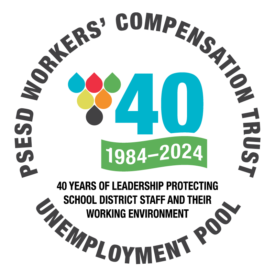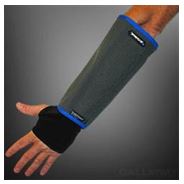There is no doubt that Special Education staff find their work incredibly rewarding. However, many also find that their work is not without its risks.
In fact, it has become increasingly clear to our Loss Control staff that many of the injuries reported by Districts come from paraprofessionals and teachers working with students on Individualized Education Programs (IEPs).
These injuries are occurring both in the special education and general education classroom settings, and in many cases involve staff assigned to work one-on-one with a particular student. Most of the injuries are biting-related, but sprains and strains are also quite prevalent.
Often sprains and strains result from situations where staff used physical restraint to prevent a student from harming themselves or others. Unfortunately, for many staff working with students on IEPs, the consensus is that injuries are “part of the job” or the “nature of the environment.” This attitude coupled with Special Education trends has made injury prevention in the Special Education environment a focus of the Trust.
Be Prepared
What does this mean for your district? It’s time to be sure that staff assigned to work with students with challenging behaviors are sufficiently trained to do their work safely. We need to ensure that all new hires and continuing staff are trained. This will include para-professionals, special education teachers, general education teachers and other building staff (e.g. secretaries, security personnel, administrators) as needed. We need to stay proactive about utilizing best practices and we need to consider purchasing equipment to minimize exposures.
The Trust Can Help
This month the Loss Control staff was approached by a District concerned with ensuring that if a staff member was bitten, no significant injury would result. Our recommendation is that staff working with students who have been displaying biting behavior wear Personal Protective Equipment in addition to following the behavior plan that focuses on reducing those behaviors. Appropriate use of protective equipment may prevent substantial workers’ compensation related-claims and evade Blood Borne Pathogen related protocols.
Using Personal Protective Equipment is not a replacement for verbal de-escalation and physical restraint training for new and current employees in this position. However, it is an important tool to promote safety. We know our members want their staff safe and in the classroom doing important work. Preventive planning can help achieve that goal.
Let Us Come to You
Our Loss Control Staff is available to discuss these and other strategies with your staff. Please contact our Risk Consultants to schedule a consultation.
Share Your Stories
If you have success stories, or innovative strategies, then share them with us. Our unity and commonality make us stronger.





